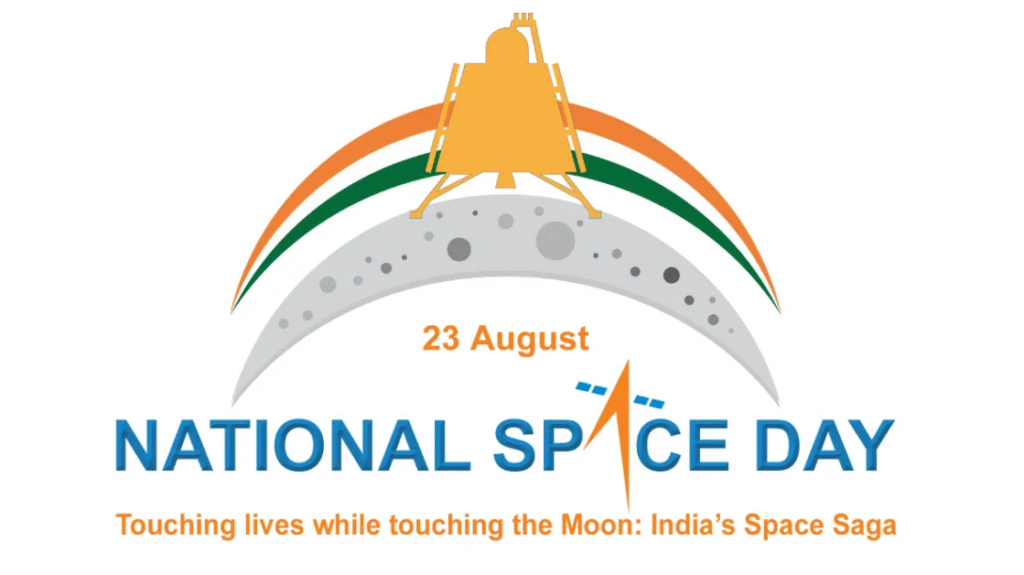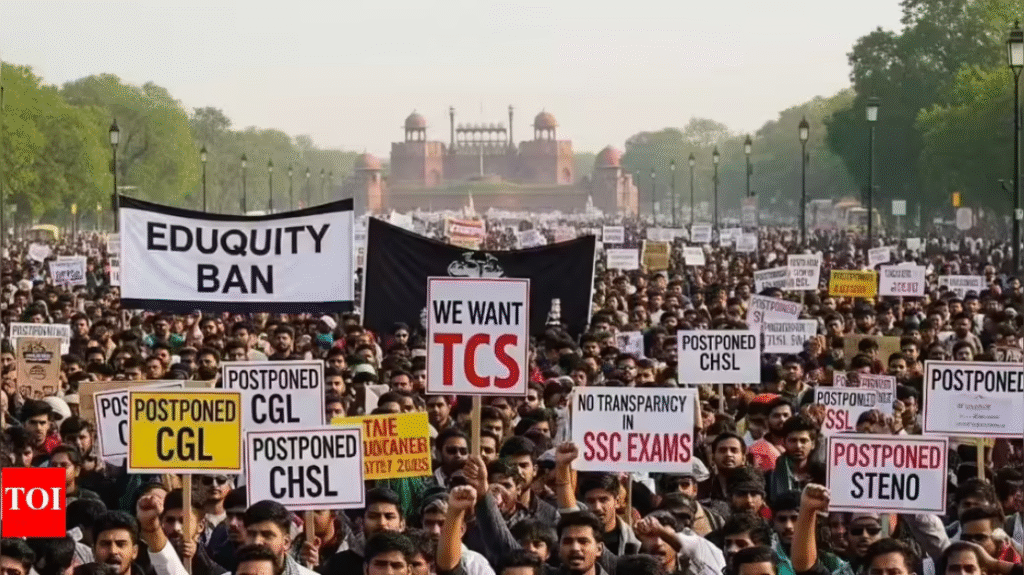India today marked its second National Space Day, commemorating the historic soft landing of Chandrayaan-3’s Vikram Lander near the Moon’s south pole on August 23, 2023. The day is not just a tribute to India’s space milestones but also a reflection of its deepening commitment to space governance, public engagement, and legal reform.
Honouring Scientific Legacy and Future Ambitions
Prime Minister Narendra Modi led the celebrations with a special video address, lauding Indian scientists, startups, and the youth for steering the nation into a promising space era. Recalling India’s successful milestones—including Chandrayaan-3, Mars missions, and advancements in semi-cryogenic engines—he encouraged youth involvement through initiatives like the “Astronaut Pool”, and invited private sector players to aspire for 50 rocket launches per year. Modi framed the day’s theme as “From Aryabhata to Gaganyaan”, symbolizing the bridge from ancient Indian astronomy to futuristic space endeavours.
A Celebration of Innovation and Public Engagement
National Space Day celebrations transformed educational spaces and public exhibitions across the country:
- The Nehru Planetarium launched the Aryabhata Gallery: Story of Astronomy and Space Science, an immersive showcase tracing India’s cosmic journey from classical astronomy to modern space science.
- ISRO unveiled a concept model of the Bharatiya Antariksh Station (BAS)—India’s envisioned space station for future human missions and space tourism.
- In Lucknow, schools observed the day with a specially developed NCERT module—“India: A Rising Space Power”, complemented by quizzes, workshops, and expert talks to inspire young learners.
Legal and Structural Significance
National Space Day underscores more than just scientific glory—they highlight evolving legal frameworks and institutional shifts:
- The growing role of private stakeholders in space has been formalized through reforms like IN-SPACe (Indian National Space Promotion and Authorization Centre), enabling over 300 space startups to contribute to India’s space aspirations.
- The Prime Minister’s emphasis on space-based applications in governance—from crop insurance to disaster management—underscores how space tech is integral to public policy and civic life.
- The theme “From Aryabhata to Gaganyaan” not only honors cultural heritage but also signals India’s ambitious push toward human spaceflight under ISRO’s Gaganyaan Programme—a major legal and regulatory shift for India’s space domain.
What’s Next: Legal Challenges and Policy Roadmaps
As India sets its sights on deeper space endeavors, several legal and regulatory considerations come into focus:
| Opportunity | Considerations |
|---|---|
| Human Spaceflight Regulation | New frameworks needed for astronaut safety, liability, and international compliance. |
| Private Sector Governance | Licensing, non-interference safeguards, liability, and IP regulations for private space enterprises. |
| International Collaboration | Regulatory alignment under Outer Space treaties and norms for space station operations. |
| Data & Tech Governance | Legal clarity on usage of remote sensing, satellite data, and space-based infrastructure in governance. |
Conclusion
India’s National Space Day is more than a celebration—it’s a milestone in nation-building through science, education, and legal foresight. With bold goals like Gaganyaan and a steady influx of startups, space is becoming intrinsic to India’s public governance, educational outreach, and legal infrastructure.
To read more Indian Laws and news, visit Legal Guide India



